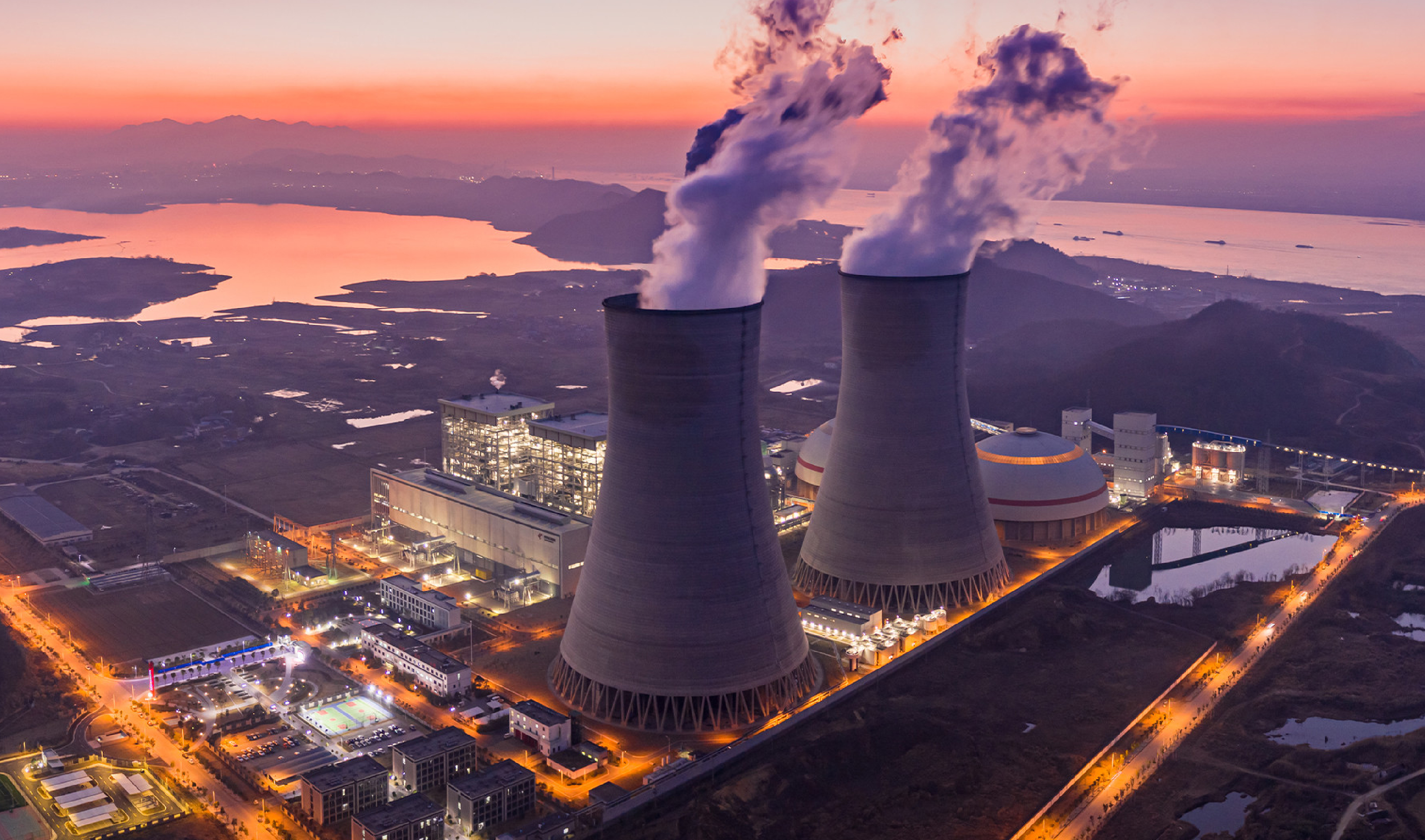China’s TMSR is currently the only operational molten-salt reactor in the world.
- The achievement of thorium-uranium conversion marks a milestone in TMSR development.
About Thorium Molten Salt Reactor (TMSR)
- It is fourth-generation advanced nuclear energy system that uses high-temperature molten salt as a coolant.
- Key Features: Cool without water, run at atmospheric pressure, deliver a high-temperature output, etc.
- Key Advantages:
- Passive Safety Features: If an MSR is too hot, a salt plug melts, stopping the reaction.
- Small High-Level Nuclear Waste Footprint: Thorium generates fewer long-lived minor actinides (radioactive metallic elements) than plutonium fuels.
- Other: Extract more energy from fuel, etc.
Thorium Fuel
- Thorium has to be converted to Uranium-233 in a reactor before it can be used as fuel.
- Thorium-232 is the only naturally occurring isotope of thorium.
- It is three times more abundant in nature than uranium.
- Despite its widespread availability, the metal’s utilisation is restricted by its high extraction cost.
- The third stage of India’s nuclear power program envisages large scale power production from thorium.
- Advanced Heavy Water Reactor, currently under development with Bhabha Atomic Research Centre (BARC), would serve as a technology demonstrator for thorium fuel cycle.
- Also, India is developing an Indian Molten Salt Breeder Reactor (IMSBR).
Thorium reserves in India
- India has the world’s largest reserves of thorium.
- Kerala and Odisha have rich reserves of monazite, which contains about 8 – 10% thorium.
- It is also found in Andhra Pradesh, Tamil Nadu, West Bengal and Jharkhand.




